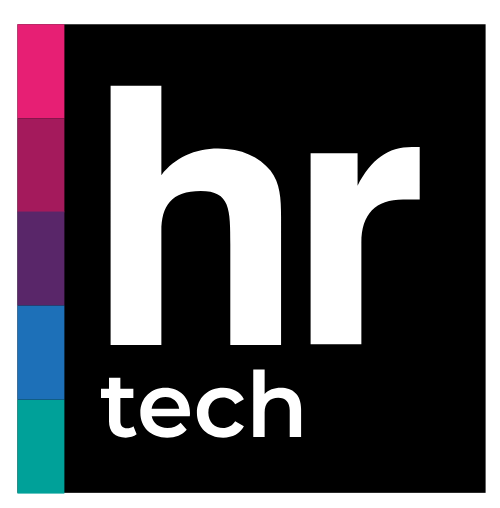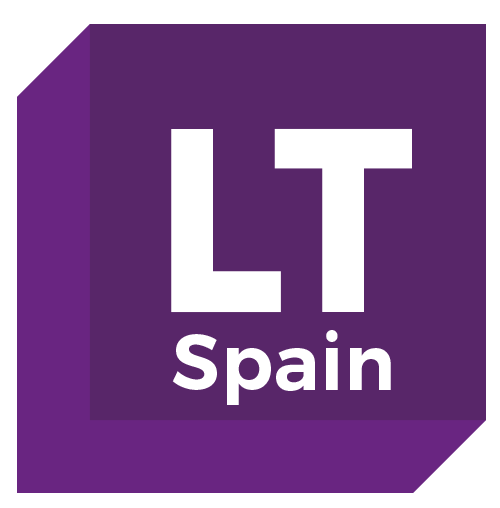News
The new AI law in Europe: what it changes and why your company can't ignore it
)
The new EU Artificial Intelligence Regulation, in force from August 1, 2024, marks a before and after in the use and development of AI in Europe. For the first time, companies got a clear legal framework that sets out what they can and cannot do with AI, depending on the level of risk it poses to citizens and organizations.
The aim is to ensure that AI is safe, ethical and respectful of fundamental rights. For companies, this means that innovation must go hand in hand with transparency and accountability. It is no longer enough to launch an AI system on the market without assessing its impact: there are now rules and consequences.
How AI is classified according to regulations
The regulation divides AI systems into four categories according to their level of risk:
-
Unacceptable risk: prohibited technologies, such as mass surveillance systems or AI that manipulates human behavior.
-
High risk: AI used in healthcare, banking, critical infrastructure or human resources, where human supervision, audits and compliance with strict security standards are required.
-
Limited risk: tools such as chatbots or deepfakes, which must inform the user that they are interacting with an AI.
-
Minimal or no risk: systems with no direct negative impact, such as spam filters or content recommendations.
For companies, this means that any system that affects people's lives or critical decisions must undergo more rigorous controls before implementation.
Spain has been one of the first countries to adapt to this new reality. The creation of the Spanish Artificial Intelligence Supervisory Agency (AESIA) in December 2024 reinforces the country's commitment to ethical and regulated AI. As of this February 2025, this agency can inspect and sanction bad practices in the use of AI, becoming a key player in the compliance with European regulations.
In addition, the Spanish government has proposed a Royal Decree regulating the use of copyrighted works in the training of AI models, with the aim of preventing large technology companies from using content without compensating its creators. This could set a precedent in the EU on how to balance innovation and intellectual property in the age of AI.
Between challenge and opportunity
For companies developing or using AI, this new legal framework is a double-edged sword. On the one hand, compliance with these regulations is a challenge: you have to invest in audits, in specialized teams and in adapting existing models to meet the new requirements.
On the other hand, it also represents an opportunity. Clear rules allow companies to operate with greater legal certainty and strengthen the confidence of customers and investors. Companies that adopt good practices from the outset will be better positioned to compete in an increasingly regulated market.
In sectors such as banking, healthcare or commerce, where AI is already key to decision-making, adapting to these standards will be a priority. Banks using AI to detect fraud, for example, will have to ensure that their systems are explainable and do not discriminate against certain customer profiles. In healthcare, AI applied to medical diagnostics will have to meet much higher standards of security and data quality.
How to prepare for the new regulations
In order not to fall behind, companies should start now to assess their AI systems and ensure that they are compliant with European regulations. Some key steps include:
✔ Analyze the level of risk of each AI solution used in the enterprise.
✔ Review AI-based decision-making processes to ensure they are fair and explainable.
✔ Establish monitoring and auditing mechanisms to demonstrate compliance.
✔ Train teams to be aware of the new obligations and how to implement them.
To better understand these changes and discuss with experts in the field, events such as Big Data & AI World 2025 (October 29-30, 2025) will be key. It will be an opportunity to learn about success stories, share adaptation strategies and explore how to turn compliance into a competitive advantage.

 Cloud & AI Infrastructure
Cloud & AI Infrastructure Cyber Security World
Cyber Security World Big Data & AI World
Big Data & AI World  Data Centre World
Data Centre World  Technology for Marketing
Technology for Marketing E-Show
E-Show HR Technologies
HR Technologies Learning Technologies
Learning Technologies)
)
)
)
)
)
)
)
)
)
)
)
)
)
)
)
)
)
)
)
)
)
)
)
)
)
)
)
)
)
)
)
)
)
)
)
)
)
)
)
)
)
)
)
)
)
)
)
)
)
)
)
)
)
)
)
)
)
)
)
)
)
)
)
)
)
)
)
)
)
)
)
)
)
)
)
)
)
)
)
)
)
)
)
)
)
)
)
)
)
)
)
)
)
)
)
)
)
)
)
)
)
)
)
)
)
)
)
)
)
)
)
)
)
)
)
)
)
)
)
)
)
)
)
)
)
)
)
)
)
)
)
)
)
)
)
)
)
)
)
)
)
)
)
)
)
)